Ultrasonic welding is a cutting-edge, non-thermal method of joining materials, primarily used in industries such as automotive, electronics, medical devices, and packaging. This process uses high-frequency ultrasonic vibrations to create a solid-state weld between materials, typically thermoplastics or metals, without the need for adhesives or traditional mechanical fasteners. It’s an efficient, clean, and precise method that has gained popularity due to its ability to create strong, durable bonds in a fraction of the time compared to conventional welding methods.
Ultrasonic Welding Process
The ultrasonic welding process involves several key steps, all of which contribute to its unique ability to bond materials without heat or pressure. Here’s how it works:
- Preparation: The materials to be welded are aligned in a fixture. These materials must be held securely in place as ultrasonic energy will be directed to the interface where the bond is to form.
- Generation of Ultrasonic Vibrations: A transducer, which is typically powered by a piezoelectric crystal, generates high-frequency (typically 20 kHz to 70 kHz) ultrasonic vibrations. The transducer converts electrical energy into mechanical vibrations.
- Transmission of Vibrations: These vibrations are transferred through a horn or sonotrode, which amplifies the ultrasonic energy and directs it onto the materials being welded.
- Friction and Heat Creation: The ultrasonic vibrations cause the materials at the weld interface to rapidly move against each other, creating localized friction. This friction generates enough heat to soften and fuse the surfaces of the materials.
- Cooling and Bond Formation: Once the materials are fused together, the ultrasonic vibrations are turned off, and the newly welded bond is allowed to cool and solidify. This process forms a permanent, solid-state weld.
The main advantage of ultrasonic welding is that it does not require any additional consumables, such as welding rods, fillers, or adhesives. This makes it an extremely cost-effective and environmentally friendly option for many applications.
Pros and Cons of Ultrasonic Welding
As with any welding method, ultrasonic welding has its advantages and limitations. Here are the primary pros and cons of this process:
Pros
Speed: One of the standout advantages of ultrasonic welding is its speed. The process typically takes only a fraction of a second to complete, which can dramatically increase production efficiency.
- No Need for Consumables: Unlike traditional welding, ultrasonic welding does not require filler material, flux, or gas. This reduces operational costs and the environmental impact of waste materials.
- Precise and Clean: Ultrasonic welding is a highly precise process, which can be critical when working with small components or complex designs. The process also produces minimal fumes, smoke, or debris, making it a clean alternative to other welding methods.
- Strong, Reliable Joints: The bonds created through ultrasonic welding are typically strong and durable, especially for thermoplastics and thin metal components. These joints are often as strong as, or stronger than, the materials being welded.
- No Heat Damage: Since the process doesn’t rely on external heat to melt materials, there is minimal risk of thermal damage to the surrounding areas, making it ideal for heat-sensitive components.
Cons
Limited Material Types: Ultrasonic welding is best suited for certain types of materials, particularly thermoplastics, metals, and alloys that are capable of forming solid-state bonds under pressure. Materials like ceramics, glass, or composites may not be suitable for ultrasonic welding.
- Size Limitations: The ultrasonic welding process is typically more effective for smaller parts, as the ultrasonic energy tends to dissipate over larger surfaces. While there are some advances in scaling the process for larger parts, it’s generally not as effective for large components as other welding methods.
- Initial Equipment Costs: The machinery required for ultrasonic welding, including transducers, horns, and generators, can be expensive, making it less accessible for smaller businesses or low-budget operations.
- Surface Preparation: The quality of the weld depends on the surface conditions of the materials being joined. Surfaces need to be clean and free of contaminants to ensure optimal bonding, which can sometimes require extra preparation.
- Not Suitable for All Materials: Ultrasonic welding is not universally effective across all material types. Certain metals, such as aluminum or copper, can be difficult to weld without specialized equipment or adjustments to the ultrasonic parameters.
Conclusion
Ultrasonic welding is a powerful, fast, and environmentally friendly joining technique that offers significant benefits in terms of speed, precision, and cost savings, especially for small to medium-sized components. While there are limitations related to material types and equipment costs, it remains a go-to choice for many industries where a clean, reliable, and fast weld is required. As technology advances, it’s likely that ultrasonic welding will become even more versatile and widely used across various applications.

